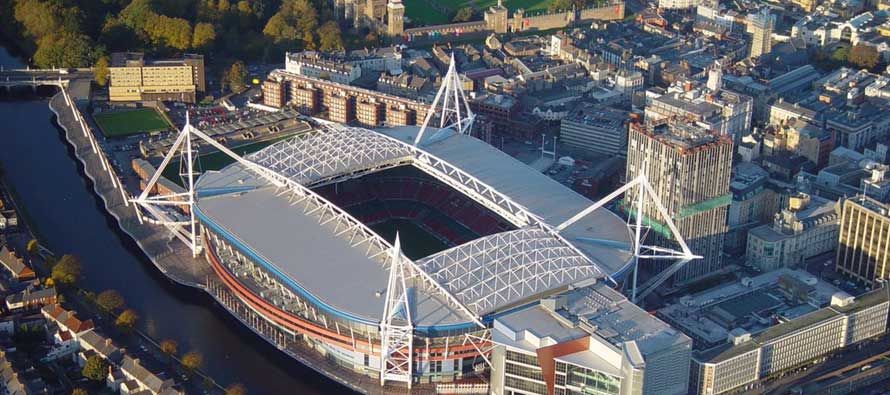In honour of Principality (Millennium) Stadium being selected as the host venue of the 2017 Champions League Final, we thought we’d take a little look at what other venues could still host Europe’s most important club match per season in the coming years.
UEFA’s changed their stadium classification system back in 2006 from a five-star system (Elite being the highest), to a tiered system which puts venues into categories between 1-4. In theory a stadium with a capacity as small as 8,000 could be awarded Category Four status, however since the introduction of the new system, no stadium with less hthan 60,000 seats as been chosen to host the final.
With this in mind, it is increasingly difficult for the “smaller-large” stadiums to get a look in, and thus we thought we would showcase eight suggestions which theoretically tick all the boxes, but are unlikely to be used. Let’s see how many of this are used in the coming decade…
1. Friends Arena – Solna, Sweden
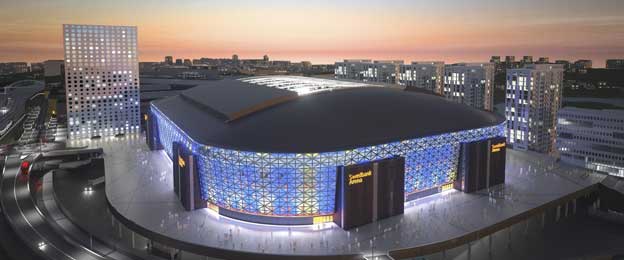
Capacity: 60,000
Home Team:
Reasons why it is overlooked: Situated just north of Stockholm within the wider municipality, it perhaps suffers a bit due to its location as it tends to be referred to as being in Solna. It’s set to host a Europa League final in a few years time, so it may not even be on UEFA’s radar for Champions League.
2. Stadio San Paolo – Naples, Italy
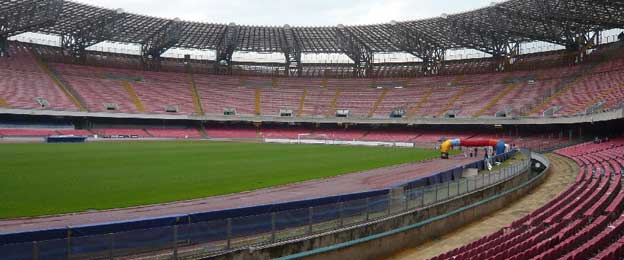
Capacity: 60,240
Home Team: Napoli
Reasons why it is overlooked: The facilities are very dated, and the lowest-tier is basically never used by home supporters due to the terrible sight-lines it offers of the pitch. With some investment, it could be on par with Stadio Olimpico in Rome, but such money has yet to be forthcoming. Chicken and the egg?
3. Emirates Stadium – London, England
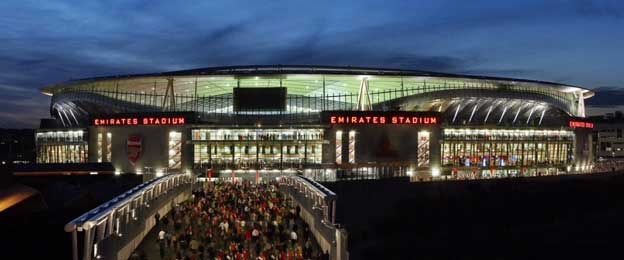
Capacity: 60,338
Home Team: Arsenal FC
Reasons why it is overlooked: Despite being one of the finest club stadiums in England, it shares the same city with Wembley Stadium which sadly gulfs it in both prestige and size. If UEFA are hosting the final in London, the theory is that they may as well use the largest venue…
4. Celtic Park – Glasgow, Scotland
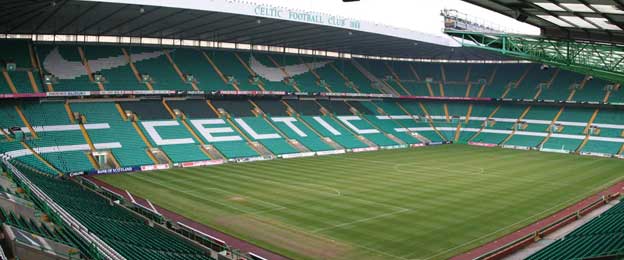
Capacity: 60,338
Home Team: Celtic
Reasons why it is overlooked: Glasgow is home to Hampden Park, Scotland’s National stadium,which is more prestigious than Celtic Park. This is in spite of the fact that Celtic park has since eclipsed it’s neighbour in both size and matchday facilities. If any Scottish Stadium should host a large-scale final you’d think it would be the most modern…
5. Mercedes-Benz Arena – Stuttgart, Germany
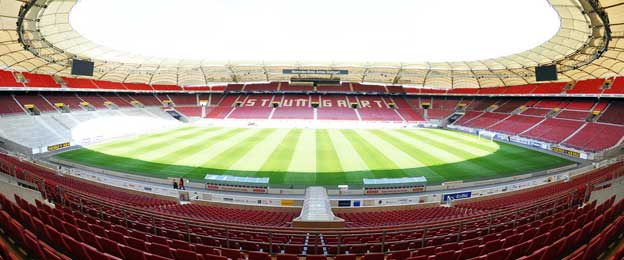
Capacity: 60,441 (54,906)
Home Team: Stuttgart
Why it is overlooked: Used to host six matches of the 2006 World Cup including the third place play-off between Germany and Portugal, Stuttgart’s stadium is technically brilliant, however I fear it may be facing a similar image problem like Sweden’s Friends Arena due to the city it is located within.
6. Stade Vélodrome – Marseille, France
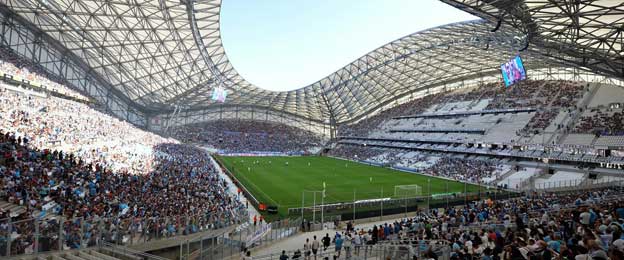
Capacity: 67,374
Home Team: Marseille
Reasons why it is overlooked: Stade Velodrome hasn’t been overlooked really, as the expansion for the Euro 2016 has only just come into affect. After this tournament, the venue will undoubtedly be at the forefront of UEFA’s minds for future Champions League finals.
7. Olimpiyskiy National Stadium – Kiev, Ukraine
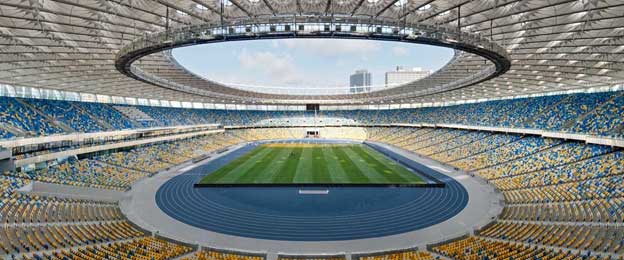
Capacity: 70,050
Home Team: Dynamo Kyiv
Reasons why it is overlooked: Re imagined for the 2012 Euro, neighbours, and co-hosts Poland’s National Stadium in Warsaw was recently used to host the Europa League final during the 2015 season. It would perhaps be fair to award Ukraine’s equivalent venue of an equally prestigious match such as the Champions League.
8. Wesfalenstadion – Dortmund, Germany
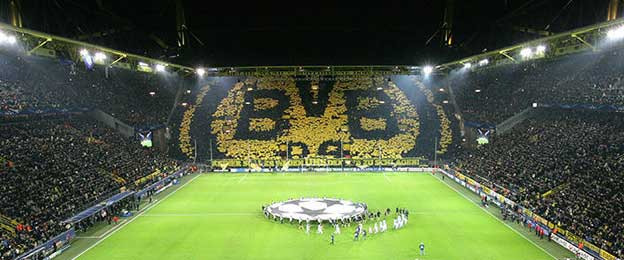
Capacity: 80,667 (65,590)
Home Team: Borussia Dortmund
Reasons why it is overlooked: Borussia Dortmund’s iconic Signal Iduna Park hosted the 2001 UEFA Cup final between Liverpool and Alavés, however it has often been overlooked by UEFA in 2012 in favour of the more modern Allianz Arena. Routinely recognised as having one of the best matchday atmospheres, it’s inconceivably that Westfalenstadion is yet to host a Champions League Final.

